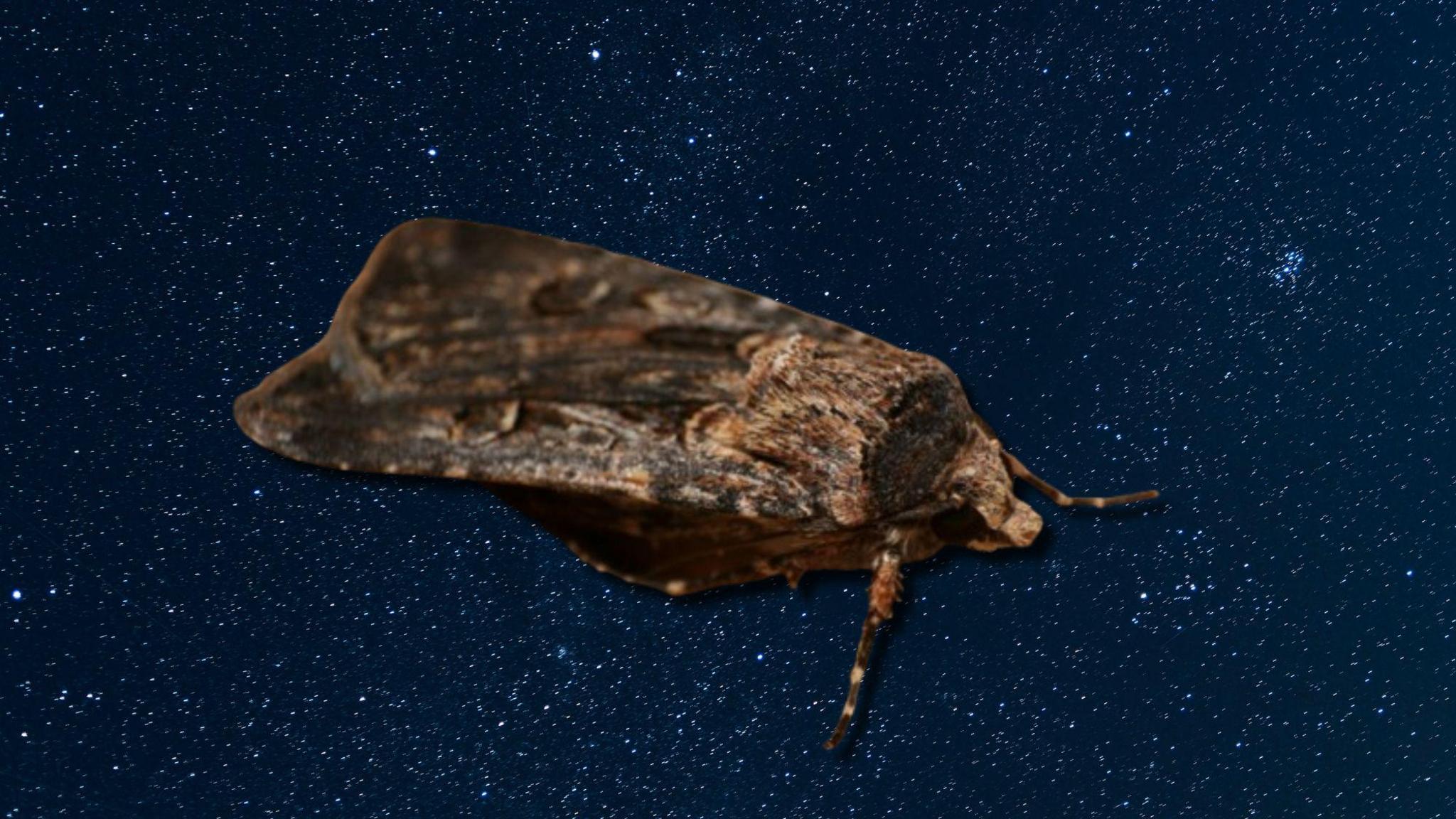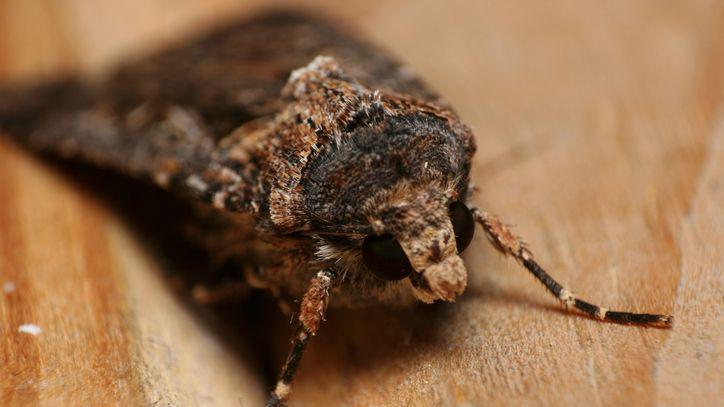Australian moth uses stars for direction to travel thousands of miles

- Published
Scientists have discovered what they say is the first known invertebrate that uses the sky for long distance navigation.
A species of Australian moth, called the bogong moth, uses the light from the stars and the Milky Way to find its way through the dark.
Every summer the insects travel more than 600 miles from the east coast of the country to find cooler climates.
Experts have now discovered that they can use the Earth's magnetic field like a compass, or sat nav, to stay on track during their journey.
More like this
- Published4 April
- Published19 February
- Published5 August 2024
What did scientists discover?

Bogong moths travel to the cooler climate of the Australian Alps every summer
Until now, only humans and certain species of birds and seals were thought to be able to use starlight to navigate long distances.
However, it seems a species of Australian month can be added to that list.
Bogong moths, are a small species of moth, around three centimetres long, which are named after the Indigenous Australian word for brown.
Every year, when temperatures start rising, they set off on a long night-time flight across the country.
They fly from their home on Australia's eastern coast to the cool inland shelter of caves in the Australian Alps.
A study published in the journal Nature has found that these small insects can also use the light from the stars and our galaxy, the Milky Way, to find their way through the dark skies.

An international team of researchers put some Bogong moths in an enclosure and projected different maps of the night sky onto its ceiling.
They then removed the effect of Earth's magnetic field and to their surprise the moths were still able to find the right direction by using the stars.
Even when they rotated the sky 180 degrees, the moths changed their flight to follow along.
When scientists then projected weird, incorrect maps of the night sky, the moths became lost.
Co-author of the study, Eric Warrant from Sweden's Lund University, said: "This is the first invertebrate that's known to be able to use the stars for that purpose."
The researchers also believe that near to the end of the moths' long migration, they start noticing clues they are getting close to their mountain shelter.
Mr Warrant added he has identified a specific smell which comes from the caves.
The smell "seems to act as a navigational beacon right at the very end of the journey," he added.
